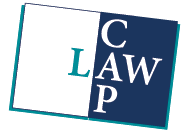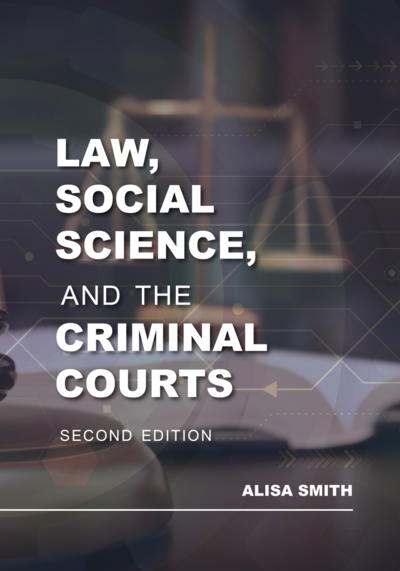Law, Social Science, and the Criminal Courts
Second Edition
by Alisa Smith
2020
Tags: Courts; Criminal Law; and Legal Issues
Teacher's Manual available
666 pp $70.00
ISBN 978-1-5310-1483-4
eISBN 978-1-5310-1484-1
Law, Social Science, and the Criminal Courts fills a void in the undergraduate and graduate study of law and society, sociology of the law, and criminal justice by focusing on criminal constitutional questions through the lens of social science and by integrating legal and empirical research to understand the questions that confront the criminal courts. This text moves beyond exploring how the courts arrive at their decisions and presents an evidence-based approach that highlights the scholarly and empirical research that might inform and improve legal decision-making. By focusing on the "law in action" and how social science may (or should) guide court or policy determinations, the textbook's format allows readers to critically assess the courts' decisions and examine the criminal and constitutional questions relying on extra-legal perspectives, testing or challenging some of the assumptions relied on by the courts in deciding cases.
Organized around the criminal court process, the second edition of Law, Social Science, and the Criminal Courts is substantially updated and includes new court decisions and scholarly works that explore legal and social science issues arising in pretrial, trial, and sentencing proceedings. The initial chapters introduce the court system, history, and the use of social science by the courts. The second section focuses on pretrial issues concerning the determination of expectation of privacy, the reasonableness of police stops and seizures, the effectiveness of the exclusionary rule, and the impact of pretrial publicity. The third section explores issues that emerge during the trial phase, including the right to counsel and the effectiveness of counsel, the right to a jury that reflects a fair cross-section of the community, and the admissibility of eyewitness identifications and confessions. The final section reviews issues pertaining to the determination of the future danger presented by offenders and the legitimacy of imposing life and death sentences.
The teacher's manual and end-of-chapter resources provide a wealth of information about other cases, scholarly works, and available resources as well as student activities and chapter questions that will improve students' understanding of the topics, deepen study, and encourage application of the materials to current or contemporary events. The PowerPoint slides outline the introductory materials for each chapter and assist professors in constructing class lectures and student discussions.
There is a set of 201 PowerPoint slides available upon adoption of this book. Click here to view a sample presentation. If you are a professor using this book for a class, please contact Beth Hall at bhall@cap-press.com to request your slides.
Comp Copy If you are a professor teaching in this field you may request a complimentary copy.


